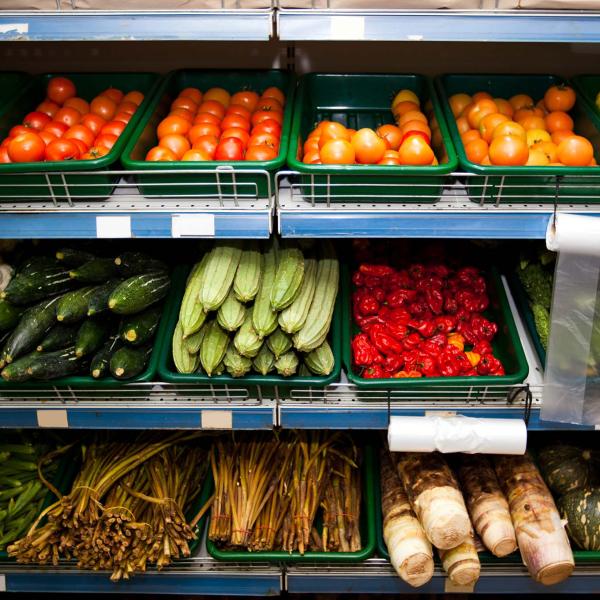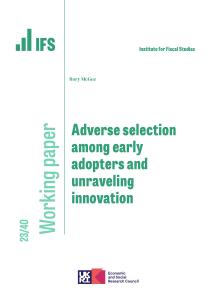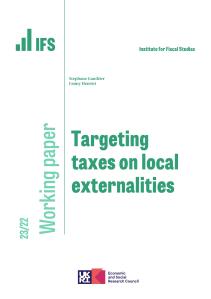We present evidence from a natural field experiment designed to shed light on whether individual behavior is consistent with a neoclassical model of utility maximization subject to budget constraints. We do this through the lens of a field experiment on charitable giving. We find that the behavior of at least 80% of individuals, on both the extensive and intensive margins, can be rationalized within a standard neoclassical choice model in which individuals have preferences, defined over own consumption and their contribution towards the charitable good, satisfying the axioms of revealed preference.
Authors

CPP Director, IFS Research Director
Imran is Professor of Economics at University College London and Director of the Centre for the Microeconomic Analysis of Public Policy at the IFS.

Steffen Huck

Maja Adena
Journal article details
- Publisher
- The IFS
- Issue
- Volume 3, Issue 2, November 2017, pages 89-108
Suggested citation
M, Adena and S, Huck and I, Rasul. (2017). 'Testing Consumer Theory: Evidence from a Natural Field Experiment' 3(2/2017), pp.89–108.
More from IFS
Understand this issue

What's wrong with inflation?
10 May 2023

Transparency is key to maintaining trust in government. Let’s not cap it
12 September 2022

How should the government tax electric cars?
19 May 2022
Policy analysis

Tax and public finances: the fundamentals
23 August 2023

Poverty
13 July 2023

Living standards, poverty and inequality in the UK: 2023
13 July 2023
Academic research

Saving by buying ahead: stockpiling in response to lump-sum payments
2 February 2024

Adverse selection among early adopters and unraveling innovation
18 December 2023

Targeting taxes on local externalities
14 August 2023